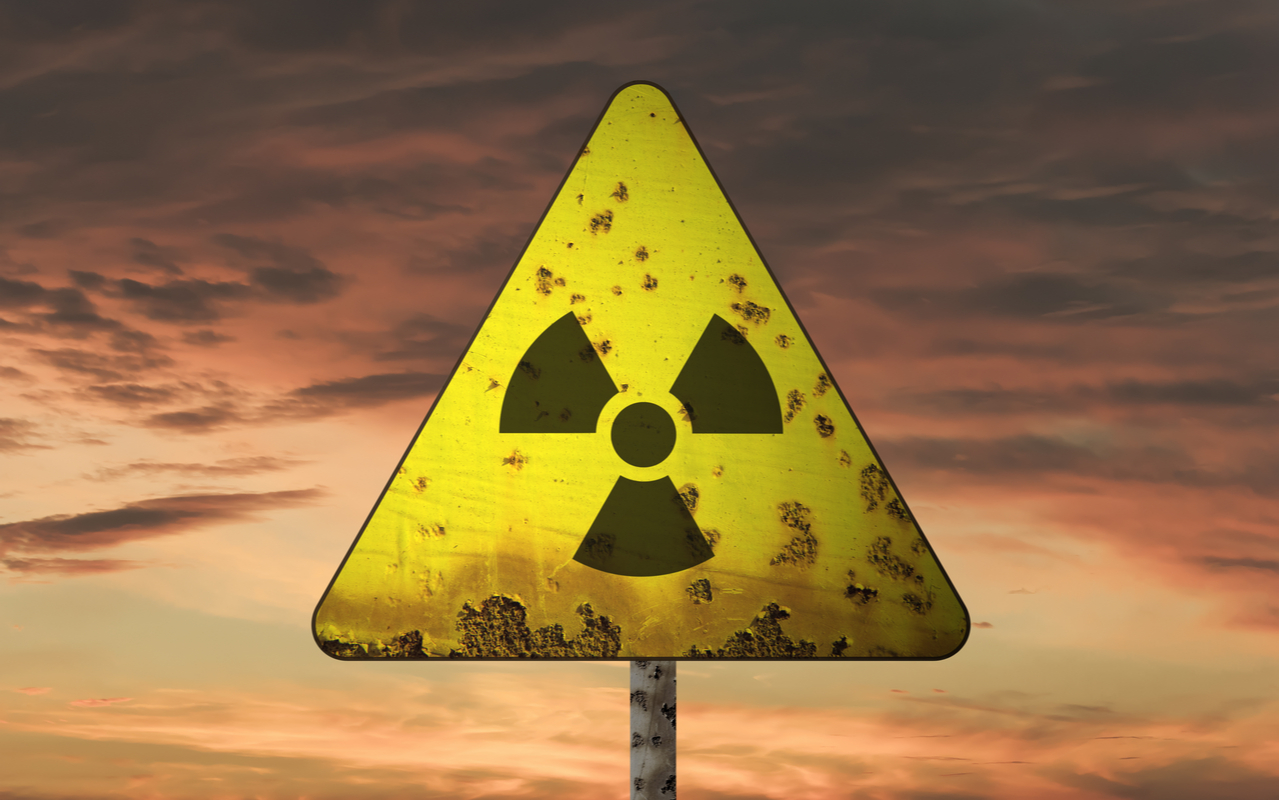In June of 1997, I found out about a suppressed study, completed by the National Cancer Institute (NCI) in 1992, of radioactive fallout doses on the American public due to nuclear weapons testing in Nevada.
As a senior Energy Department political appointee, I was able to receive a briefing by the study’s authors. Since none of the headquarters staff managing the U.S. nuclear weapons stockpile were around when open-air testing took place, I made a special effort for them to attend. It proved to be a sobering experience.
At the briefing we learned that nuclear weapons tests in Nevada created a serious public health hazard in several regions from radioactive fallout, especially to children, as far away as upstate New York. Some areas of the country were so heavily contaminated with radioactive iodine that, had the current federal protective action guides been in place during the 1950s, milk products would have been withdrawn from grocery stores. It was clear that the NCI was “slow walking” this study.
Promptly after the meeting, I drafted a memo to Energy Secretary Federico Pena, warning that it was incumbent on the Energy Department, whose predecessor was responsible for the 100 open-air nuclear explosions at the Nevada Atomic Proving Grounds, to release this study to the public. Because the NCI failed to address the health outcomes of the fallout, I estimated that U.S. nuclear tests in Nevada might be responsible for 75,000 excess thyroid cancers.
Unbeknownst to me, the memo was leaked to the New York Times, where it was featured on the front page.
The long knives were now drawn, as demands intensified that I should be fired and the DOE should repudiate my estimate. But a key senior colleague at DOE stood up for me, as did several members of Congress — including Senators John Glenn (D-OH), Tom Harkin (D-IA), and Tom Daschle (D-SD) — forcing the NCI and White House to back down. However, even though the NCI and DOE conceded my cancer estimate was valid, my reputation as a “troublemaker” made me a pariah.
This is when Rep. Ron Wyden (D-OR), now a senator, intervened and suggested to DOE Undersecretary Ernest Moniz that my skills were needed to deal with the mess at the Hanford site in Washington State. I was tasked to lead an effort to develop a unified approach to determining the fate and migration of subsurface contaminants in the vadose zone and groundwater entering the Columbia River. So began my period of exile and “political rehabilitation.”
The DOE front office was happy that I was being sent far away. I had mixed feelings about having to be often far away from home, but I enjoyed the challenge of dealing with one of the most contaminated sites in the Western Hemisphere. After producing tens of tons of plutonium for weapons, some 400 billion gallons of contaminated liquids were dumped into the ground at Hanford — enough to create a poisonous lake the size of Manhattan and 80 feet deep.
With Moniz’s backing, I established a “praise free zone” where DOE contractors had to face criticisms of their system of characterization and modeling. In doing so I committed the taboo of bringing experts from other DOE sites to work on this challenge. The Hanford culture was extremely insulated and uncomfortable with having to deal with knowledgeable “outsiders” from other DOE sites who challenged their assumptions and — most importantly — competed with Hanford contractors for DOE funding. A friend said I was “the new sheriff in town.”
After more than a year, we started to make enough progress to establish a unified groundwater model and to integrate experts from other DOE sites. Then I had to move on after being appointed Senior Policy Advisor to a new DOE Secretary, Bill Richardson. After the sheriff disappeared, the “praise free zone” was dissolved and Hanford reverted to its old ways. It was a bittersweet time for me, which in a weird way, I missed.
